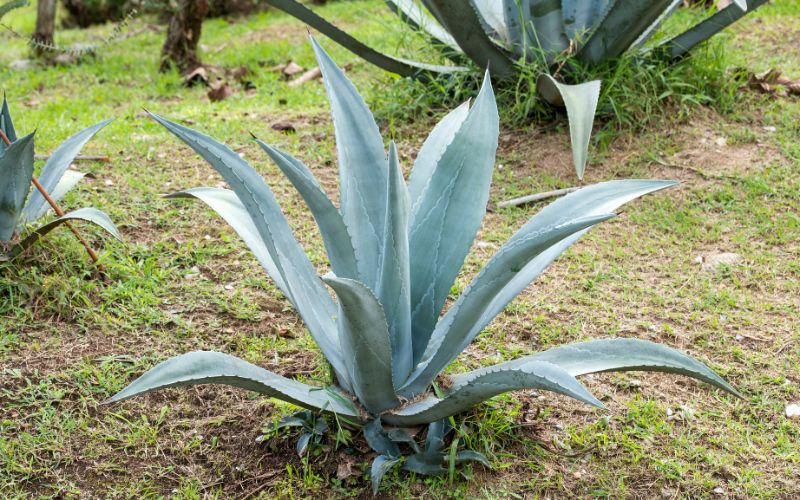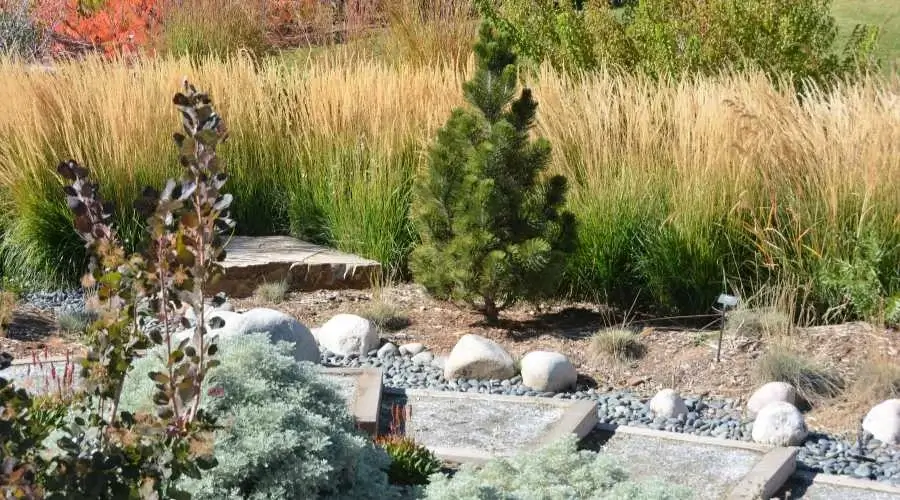Creating a beautiful and sustainable landscape doesn’t have to mean excessive water usage. At BJC Clifton Plumbers, we understand the importance of water conservation and offer innovative solutions for homeowners. In this article, we explore xeriscaping for water conservation—a water-smart landscaping approach that can enhance the beauty of your outdoor space while conserving water. Transform your landscape into an eco-friendly oasis with our expertise!
What is Xeriscaping?
Xeriscaping is a landscaping technique that focuses on reducing water usage and maximizing efficiency. It involves designing and maintaining a landscape that requires minimal irrigation and is well adapted to local climate conditions. The term “xeriscape” originates from the Greek word xeros, meaning “dry,” emphasizing the need for water-wise landscaping practices.
By implementing xeriscaping principles, homeowners can create visually appealing landscapes while significantly reducing water consumption and associated costs. This method is especially beneficial in regions prone to drought or limited water resources.
Benefits of Xeriscaping
The adoption of xeriscaping offers several notable benefits:
1. Water Conservation
One of the primary advantages of xeriscaping is its emphasis on water conservation. Utilizing drought-tolerant plants, efficient irrigation methods, and reducing turf areas significantly lowers water usage in the landscape.
2. Cost Savings
Homeowners can experience substantial cost savings on water bills with xeriscaping. Using less water for irrigation means reduced expenses associated with traditional landscaping.
3. Low Maintenance
Xeriscaping requires less maintenance compared to traditional landscaping. Drought-tolerant plants are hardy and thrive with minimal care. Additionally, reducing turf areas means less mowing and maintenance.
4. Environmental Benefits
Xeriscaping positively impacts the environment. By reducing water usage, it conserves valuable water resources, especially in water-scarce areas. Furthermore, xeriscaping minimizes the need for chemical fertilizers and pesticides, promoting a healthier ecosystem.
Xeriscaping Techniques
To implement xeriscaping in your landscape, consider the following techniques:
1. Planning and Design
Start by assessing your landscape and understanding its unique characteristics, including soil type, sun exposure, and existing plants. Design your xeriscape by grouping plants with similar water needs together and creating efficient irrigation zones.
2. Soil Improvement
Amend the soil with organic matter to improve its water-holding capacity and drainage, promoting healthier plant growth. Well-drained soil allows water to reach plant roots effectively.
3. Efficient Irrigation
Install drip irrigation systems or use soaker hoses to deliver water directly to plant roots, minimizing evaporation. Smart irrigation controllers adjust schedules based on weather conditions and plant needs.
4. Mulching
Apply organic mulch around plants to conserve moisture, suppress weeds, and regulate soil temperature. Mulch reduces water evaporation from the soil surface.
Water-Saving Plants for Xeriscaping

Choosing the right plants is crucial for a successful xeriscape. Opt for native or drought-tolerant species adapted to your local climate. Here are some popular options:
- Succulents: Agaves and sedums have thick, fleshy leaves that store water, making them drought-tolerant.
- Ornamental Grasses: Feather grass and fountain grass are resilient and require minimal water once established.
- Mediterranean Plants: Lavender and rosemary thrive with minimal water and are ideal for xeriscaping.
- Native Wildflowers: Adapted to local conditions, they require less water and attract pollinators.
Consult with BJC Clifton Plumbers for expert advice on selecting water-saving plants that thrive in your area.
Additional Water-Saving Tips for Your Landscape
Enhance water efficiency further with these tips:
- Collect and utilize rainwater for irrigation purposes.
- Group plants with similar water needs together to optimize irrigation.
- Regularly monitor your landscape for leaks and repair them promptly.
- Adjust your irrigation schedule according to seasonal changes.
- Apply practices such as deep watering and avoiding runoff.
Common Questions About Xeriscaping
What are the costs associated with xeriscaping?
Xeriscaping may have upfront costs for design and plant selection but leads to long-term savings on water bills and maintenance.
Can I xeriscape my existing garden?
Yes, xeriscaping can be integrated into an existing garden by gradually replacing traditional plants with drought-tolerant options.
How do I maintain a xeriscape?
Maintenance includes occasional pruning, monitoring irrigation systems, and ensuring mulch is replenished.
Xeriscaping offers a sustainable and visually appealing solution for homeowners looking to conserve water and create an eco-friendly landscape. BJC Clifton Plumbers encourages the adoption of xeriscaping techniques to optimize water usage in your outdoor space. Contact our team to learn more about xeriscaping and how we can assist you in transforming your landscape into a water-smart haven. Explore our services to find out how we can help. Also, check out how to enhance your home with smart plumbing efficiency at your fingertips.




